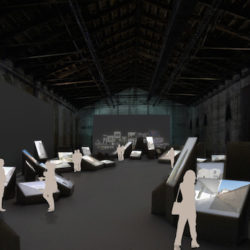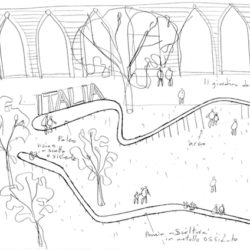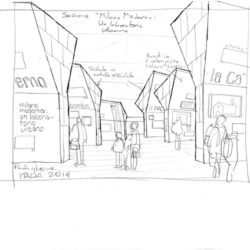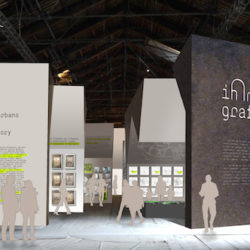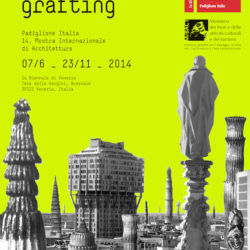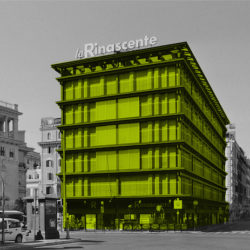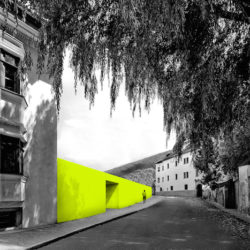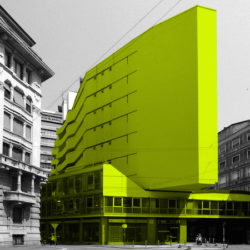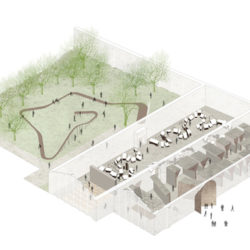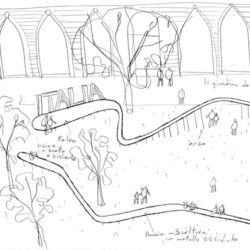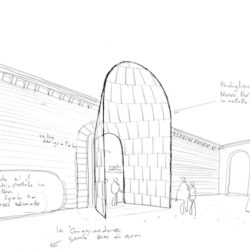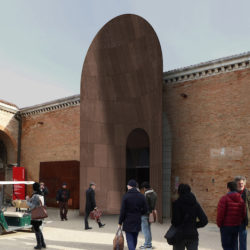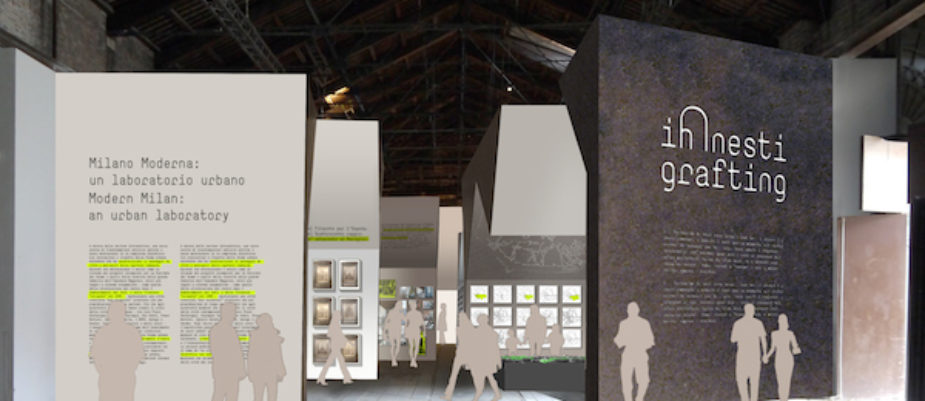
Innesti/Grafting is the title, but most importantly it is the interpretation that Cino Zucchi – nominated by the Ministry curator of the Italian Pavilion at the Biennale Architettura 2014 – has chosen in order to develop the direction suggested by Rem Koolhaas to the national pavilions, “Absorbing Modernity 1914-2014”.
“If last century’s functionalism sought out a blank canvas, contemporary thought pursues new aims and values through a metamorphosis of existing structures. It would appear that this is the original contribution of our country’s design culture over the last century: an ‘anomalous modernity’, marked by the ability to innovate and at the same time to interpret previous conditions. Not simply adaptations of form of the new compared to the existing in retrospect, but rather ‘graftings’ capable of acting efficiently and sensitively in stratified urban contexts” explais Cino Zucchi. .
Innesti/Grafting is thus an account of our best architecture from a fresh point of view. Historical, recent and contemporary works are chosen with the eyes of a botanist rather than that of a historian, and reread according to original methods, to reveal their capacity to indissolubly combine interpretation and innovation, existing material and future form.
The Pavilion’s fundamental proposition, grafting as a leitmotiv of Italian architecture through the centuries, is represented both through the reading of the projects exhibited as well as through the actual structure of the exhibition route and its installation, to create a unique large portrait of the strong visual and formal impact, where each element portrays the thesis according to its own methods.
In the Italian Pavilion exhibit, there is not an idea of linear evolution, but rather a look at individual design episodes or events connected over time by unexpected relations. If modernization has involved the entire peninsula over the last century, the case of Milan has been used as an example of “laboratory of the modern”, whose architectonic and city planning affairs of the last 100 years – but also several key moments in its past history – demonstrate the particular means employed by projects with a large transformative role compared to the preexisting urban structure. But Milan is also the place that is hosting Expo 2015, an example of great territorial transformation over recent years which will be observed in its various content and present and future developments.
The exhibit continues with a series of architecture collages, with a suggestive representation of a large contemporary landscape made up of images of recent projects where architects from various generations are challenged with difficult settings. A series of “postcards” autographed by non-Italian architects will give a concise interpretation of the particular Italian condition as seen by various corners of the world.
The section Inhabitated Landscapes presents a collaborative video installation curated by Studio Azzurro, a choral work that collects a selection of videos, made by videomakers and ordinary people, that can interpret places of collective life in Italy.
Opening and closing the exhibit are two marks, two physical “grafts” in the context of the Arsenale designed by the same Cino Zucchi: the large arched portal of the entrance next to Gaggiandre and a large bench-sculpture that winds through the trees in the Giardino delle Vergini (both produced by De Castelli).

